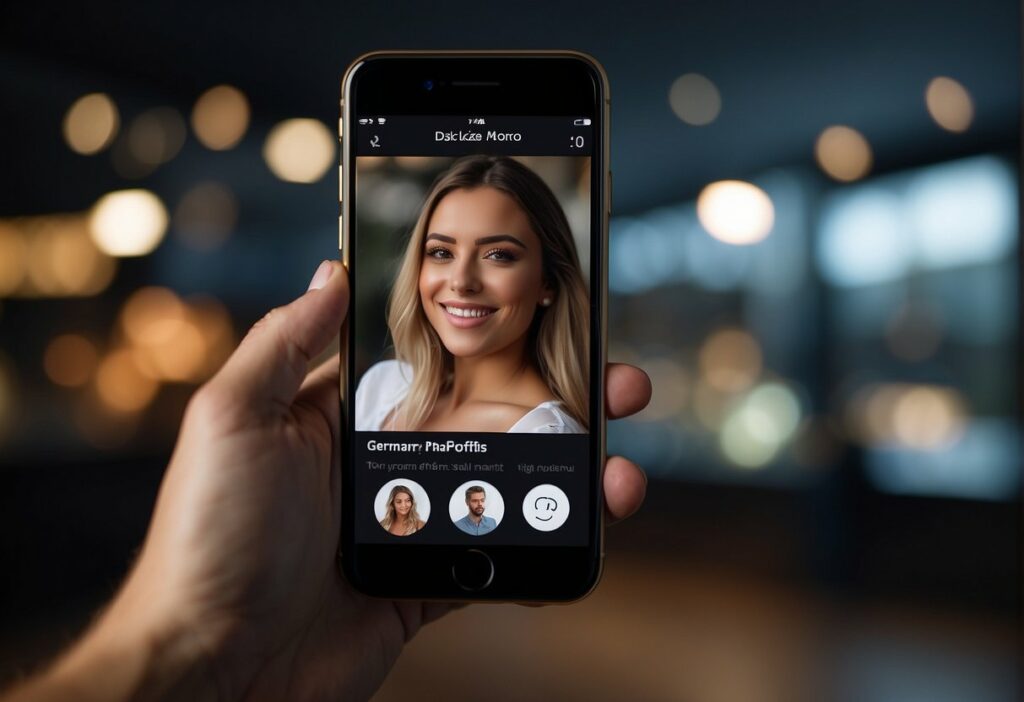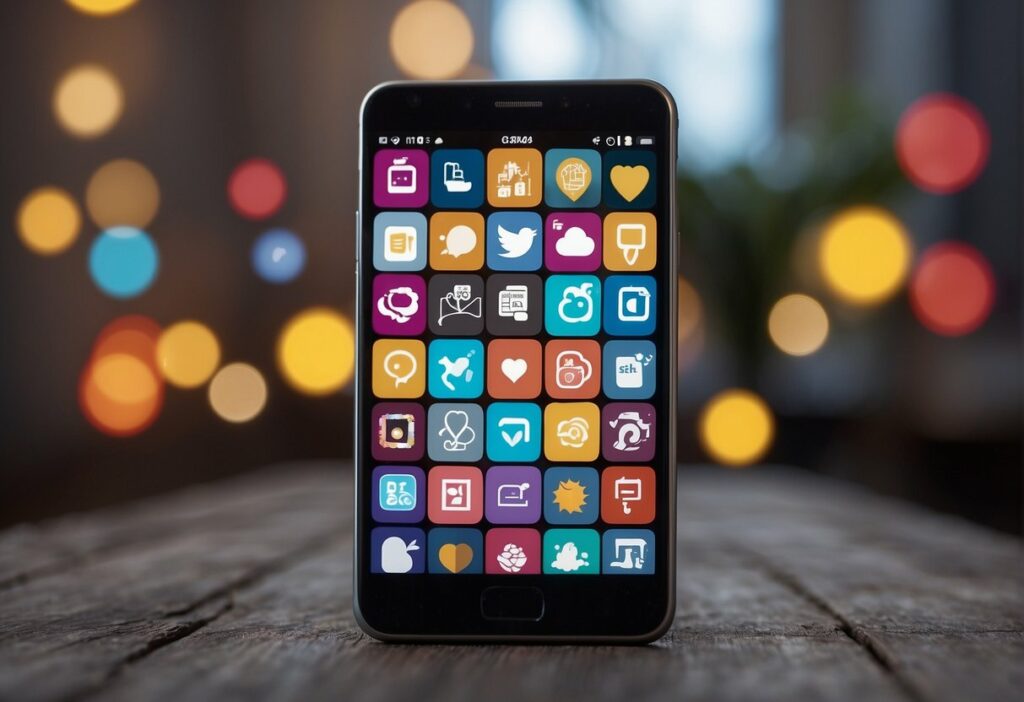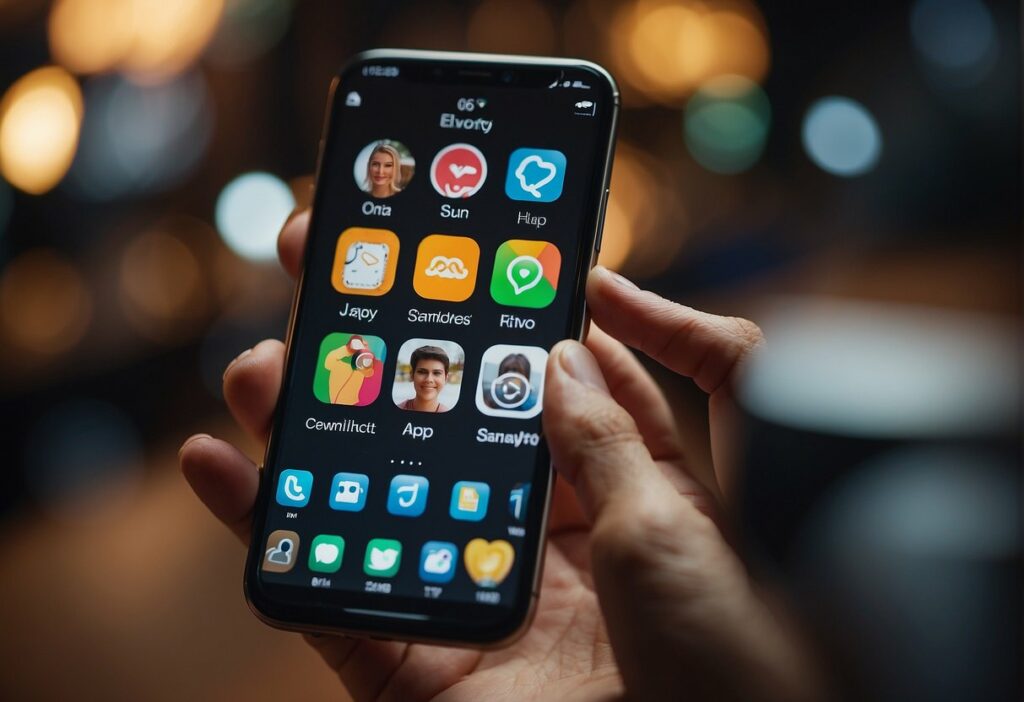The Swipe Effect: Navigating the Impact of Dating Apps on Choices and Confidence

Dating apps have transformed the landscape of relationships and courtship in modern society. With a simple swipe, users can express interest or disinterest in a myriad of potential partners, a process that has accelerated and simplified the way people connect.
However, this swiping mechanism is not without psychological implications. The convenience of such apps comes at the cost of complex decision-making processes and the reshaping of user self-esteem.
The instant gratification that comes with matches on dating apps can also impact self-esteem. For some, an abundance of matches may serve as a positive reinforcement, while for others, a lack of matches can lead to self-doubt and negative self-perception.
The feedback loop created by these apps often equates the number of matches or messages with personal worth, which can significantly influence an individual’s confidence and self-worth.
The Psychology Behind Swipe Decisions

Making decisions on dating apps involves psychological principles related to instant gratification, choice overload, and the cognitive processes involved in making selections.
Instant Gratification and Choice Paralysis
Dating apps can activate the desire for instant gratification, delivering a fast and easy way to connect with potential partners. Users often make swift decisions based on first impressions, swiping right for ‘likes’ and left for ‘passes’ with a simple finger movement.
It’s a feedback loop that rewards quick choices with immediate outcomes. However, the abundance of choices available can lead to paralysis, causing users to second-guess decisions or struggle to make a choice at all when swiping.
The Paradox of Choice in Dating Apps
Barry Schwartz’s Paradox of Choice theory is very evident in dating apps. As users encounter an overwhelming number of potential matches, the sheer volume of choices can make it unexpectedly difficult to choose just one person. Here’s how the paradox manifests:
- Increased Expectations: With many options, users expect that there is a perfect match, raising the bar for what they seek.
- Decision Fatigue: An exhaustive number of profiles to assess can lead to tiredness, reducing the quality of swipe decisions.
Cognitive Load and Decision Making
The concept of cognitive load refers to the amount of mental effort being used in the working memory. In the context of dating apps, the cognitive load is high due to:
- Complex Information: Evaluating multiple profiles involves an analysis of photos, bios, and other information.
- Multi-tasking: Users often interact with the app while doing other activities, splitting their focus and potentially impacting their decisions.
By understanding the cognitive pressures associated with swiping, users can better navigate their experiences on dating apps.
Impact on Self-Esteem and Behavior

Dating apps significantly shape user self-esteem and behavioral patterns through repeated interactions and feedback mechanisms inherent to their design.
Rejection Sensitivity
Users of dating apps often experience an increased sensitivity to rejection, which is emphasized by the high frequency of matches or lack thereof. Psychological research suggests that individuals might internalize these experiences as reflections of their self-worth. Key findings include:
- Users who receive fewer matches may perceive themselves as less attractive or desirable.
- The “ghosting” phenomenon, where a user ceases communication without explanation, can exacerbate feelings of rejection.
Validation and Self-Worth
On the opposite spectrum, dating apps can also serve as a source of validation. Users receiving positive signals, such as matches and messages, often report boosts in self-esteem. However, this can lead to an over-reliance on app-based validation. Essential observations are:
- A high number of matches can lead users to feel a superficial increase in self-worth.
- Regular positive feedback may condition users to seek constant validation, ultimately impacting their behavior in the pursuit of such affirmations.
Evolution of Dating Norms

Dating norms have evolved significantly with the advent of dating apps, leading to broader cultural shifts and changes in communication styles.
Cultural Shifts due to Dating Apps
The introduction of dating apps has caused a radical transformation in how individuals approach relationships. Prior to dating apps, meeting potential partners was largely restricted to social circles, events, and workplaces.
Dating apps have broadened the dating pool, allowing individuals to connect with a diverse range of people outside of their immediate social networks.
This has led to an increase in intercultural relationships and has also influenced societal perspectives on what constitutes a conventional relationship. People are now more open to exploring non-traditional relationships such as polyamory or casual dating.
Changes in Communication Styles
Dating apps have significantly altered how people communicate with potential partners. Traditionally, initial communications were face-to-face, but now the first interaction is often via text or in-app messaging. This shift has led to an emphasis on one’s ability to create an impression through text, sometimes leading to a prioritisation of witty or engaging banter.
Additionally, there is a reliance on the curated digital profile, with users often making snap judgments based on a limited set of information such as profile pictures and biographies. The speed and volume of interactions have also increased, leading to a culture of quick decision-making that can sometimes disregard deeper connection.
Design Mechanics of Dating Apps

Dating apps are engineered to heighten user engagement and influence decision-making through specific design strategies.
Behavioral Design and User Engagement
- Triggering Interest: Users are enticed to join through effective advertising that promises a chance at finding a match quickly.
- Maintaining User Activity: Frequent notifications are designed to bring users back to the app, by alerting them to new matches, messages, and in-app events.
Swiping Mechanism: The swiping interface creates a game-like experience, making the process of finding a match fast and easy. Users swipe right to show interest and swipe left to move on, often making split-second decisions based on a profile’s visual presentation.
Algorithm Influence on Decision Making
- Profile Ranking: Dating apps utilize algorithms to rank profiles based on user behavior and preferences, displaying potential matches accordingly.
- Connection Suggestions: Apps suggest matches based on location, mutual interests, and user interaction, influencing the decision-making process by curating options.
Matching Likelihood: By analyzing user data, algorithms predict compatibility and suggest profiles that are more likely to result in a match, guiding users toward certain choices over others.
Strategies for Healthy App Usage

Effective management of dating app usage can lead to improved decision-making and self-esteem. Here are ways to foster a healthier relationship with these platforms.
Setting Boundaries and Expectations
Users should delineate personal limits for time spent on apps and clarify goals for their use. For instance:
- Time Management: Allocate specific times of day for app use to prevent it from encroaching on other activities. This could look like scheduling 30 minutes in the evening rather than sporadic checks throughout the day.
- Objective Setting: Clearly define what is sought after, whether it’s casual dating, long-term relationships, or expanding social circles. Such clarity can help steer interactions.
Balancing Online and Offline Interactions
Ensuring a healthy balance between online engagements and face-to-face connections can prevent the overreliance on virtual validation:
- Prioritize Real-World Relationships: Continually invest in off-app relationships to maintain a well-rounded social experience. This doesn’t mean abandoning app interactions but rather complementing them with in-person activities.
- Digital Detox: Regularly taking breaks from the apps can contribute to a healthier outlook, allowing for a reset of expectations and less digital reliance. Periodically evaluate one’s comfort and adjust usage accordingly.
